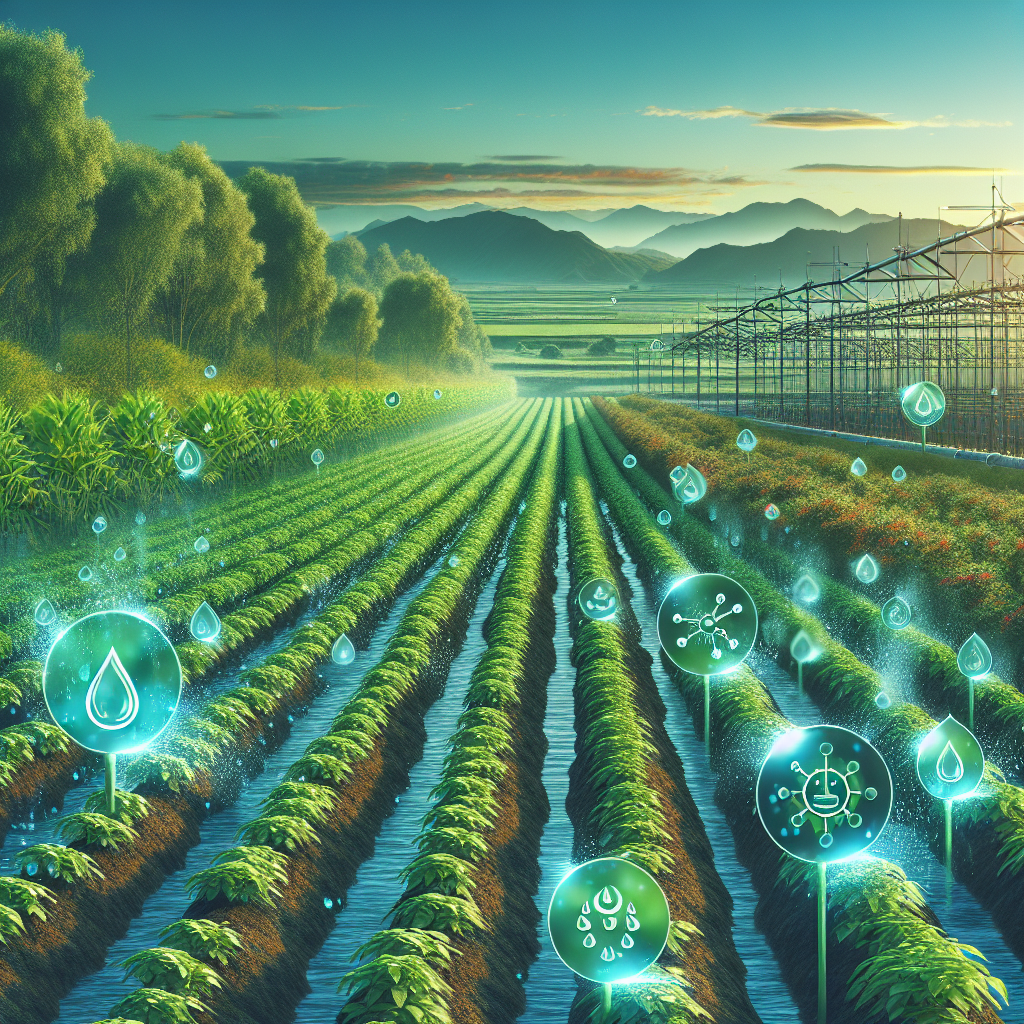In recent years, water scarcity has become a pressing concern worldwide. With growing populations, changing weather patterns, and increasing demands for water in agriculture, industry, and households, it is essential to find innovative ways to conserve and optimize our water resources.
One of the key strategies for water efficiency in agriculture is the use of slow drip irrigation systems. Drip irrigation is a method of irrigation that delivers water directly to the roots of plants through a network of tubes or pipes. Unlike traditional flood irrigation methods that can waste large amounts of water through evaporation and runoff, drip irrigation is a more precise and efficient way to deliver water to crops.
By delivering water slowly and evenly to the roots of plants, drip irrigation reduces water waste and promotes healthier plant growth. This not only conserves precious water resources but also improves crop yields and quality. In addition, drip irrigation reduces soil erosion, prevents weed growth, and minimizes the spread of diseases by keeping plant leaves dry.
Slow drip irrigation systems can be customized to meet the specific needs of different crops and soil types. By adjusting factors such as flow rate, frequency of watering, and placement of emitters, farmers can optimize their water use and increase the efficiency of their irrigation system.
Drip irrigation can also be combined with other water-saving practices such as mulching, rainwater harvesting, and recycling wastewater for agricultural use. By integrating these techniques into their farming practices, farmers can further reduce their reliance on freshwater sources and contribute to sustainable water management.
In addition to conserving water resources, slow drip irrigation systems offer several other benefits for farmers. By reducing labor costs associated with manual watering or maintenance of traditional irrigation systems, farmers can save time and increase their productivity. Drip irrigation also allows for more precise control over nutrient delivery to plants, leading to healthier crops with higher nutritional value.
Furthermore, slow drip irrigation systems are more resilient to climate variability than traditional methods. During periods of drought or extreme heat, farmers can adjust their watering schedules to ensure that crops receive enough moisture without wasting water. This flexibility is essential for adapting to changing weather patterns and mitigating the impacts of climate change on agriculture.
Despite these benefits, slow drip irrigation systems may require an initial investment in infrastructure such as tubing, emitters, filters, pumps, and controllers. However, studies have shown that the long-term cost savings from reduced water usage and increased crop yields often outweigh the upfront costs of installing drip irrigation systems.
Government incentives such as tax breaks or subsidies for adopting sustainable farming practices can help offset some of these initial expenses and encourage more farmers to invest in drip irrigation technology.
In conclusion,the role of slow drip irrigation in conservation cannot be overstated. By optimizing water use in agriculture through efficient technologies like drip irrigation systems,farmers can reduce their environmental footprint while improving crop productivity and resilience.To achieve sustainable agriculture practices,a shift towards slowemitterdripping methods is essentia’l for ensuring food security”and preserving our precious natural resources for future generations.”













